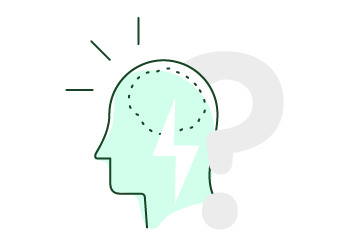Personal Productivity
Attractive Things Work Better
AUTHOR: Francisco Sáez"How we think cannot be separated from how we feel." ~ Donald A. Norman

An Internet user just needs 50 milliseconds to form a first impression of the page he is visiting. It is even more interesting to know that, after a much longer lasting exposure to that page, the final impression hardly changes compared to that first and brief impression.
A study conducted by Stanford University found that aesthetics is the most influential factor in the opinion that a visitor forms on the credibility of a website, above other factors such as quality of contents, structure of the site and even company’s or brand’s reputation.
It makes sense. When we see there is an extreme attention to aesthetic details, we subconsciously think that that kind of attention has also been poured in other less visible parts of the product, and this increases our trust in it.
So it seems logical that aesthetics greatly affects how we perceive things, and perceptions shape how we judge them. Yes, I recognize that I have ever bought a book simply by its cover design.
This one seems less logical: Attractive things work better. What does beauty have to do with function?
Donald A. Norman, a cognitive scientist, wrote in 2003 the book Emotional Design: Why We Love (or Hate) Everyday Things. In its first chapter, “Attractive Things Work Better”, he recounts an experiment conducted by Japanese researchers, first in Japan and later in other countries with cultural differences. They designed two ATMs that performed the same functions in the same way. The only difference was in the appearance: one was ugly, while the other had screens and buttons with a much more attractive design.
The result of the experiment was striking: Users claimed that the attractive machine was easier to use.
How is that possible? Norman offers a couple of explanations. When we use something that is pleasant, we feel good and are more relaxed, and that makes our brain more creative and more likely to find how to solve problems. By contrast, when we use something displeasing, we have a certain degree of frustration and anxiety that makes it more difficult to find solutions to problems. In addition, we are more tolerant of problems when presented in an attractive wrap.
In short, aesthetics does not only affect usability of things but also their performance. If you create products or build websites, user experience should always be in your mind.
And if you are looking for products that help you enhance your productivity and creativity (computers, tablets, smartphones, notebooks, pens, software, and so on), perhaps you should include their attractiveness as a factor to have in mind when choosing one, in addition to their functionality and cost. It turns out that beauty is not so superfluous… but engineers at Apple already know that, right?





No comments